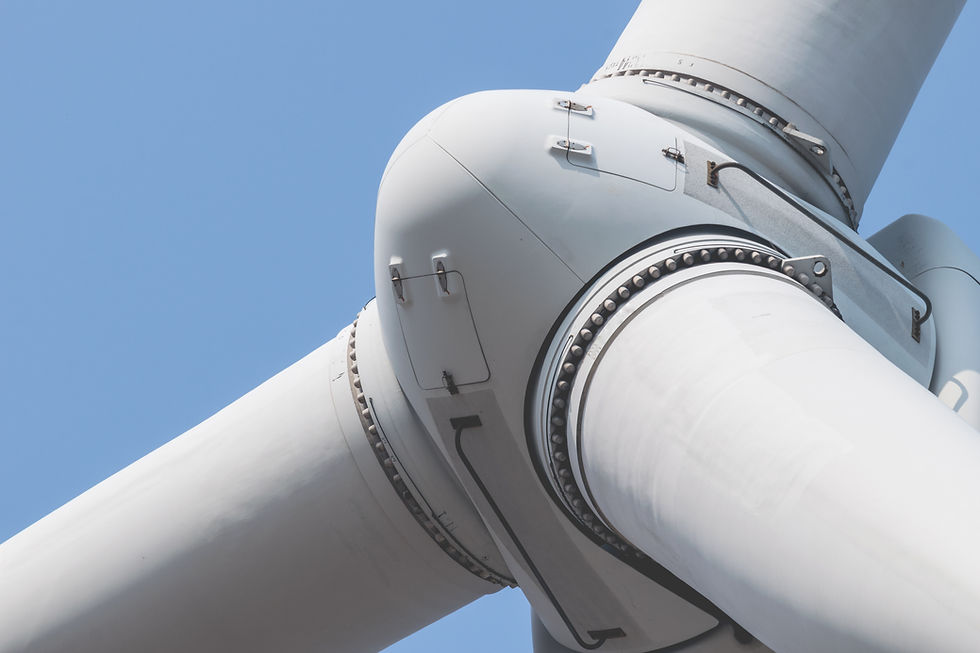The Future of Metal Casting: Trends Shaping the Industry in 2025
- WMC

- Feb 18
- 2 min read
Introduction
Metal casting has been a cornerstone of industrial production for centuries, evolving alongside technological advancements. As we move further into 2025, several key trends are shaping the future of metal casting, revolutionizing how manufacturers produce high-quality, durable components. In this post, we’ll explore some of the latest innovations and industry shifts that are defining the next generation of metal casting.

1. The Rise of Smart Foundries
The integration of Industry 4.0 technologies is transforming metal casting facilities into smart foundries. Advanced IoT sensors, AI-driven quality control, and real-time data analytics are optimizing production efficiency, reducing waste, and ensuring consistent quality in cast components. These intelligent systems can detect defects early, improve energy efficiency, and predict maintenance needs before failures occur.
2. Sustainability in Metal Casting
Environmental responsibility is becoming a central concern for manufacturers. Several sustainable practices are gaining traction, including:
• Use of Recycled Materials: The industry is shifting towards recycled steel and iron, reducing reliance on virgin materials.
• Energy-Efficient Processes: New electric induction furnaces are replacing traditional fuel-based methods, lowering carbon emissions.
• Waste Reduction Technologies: Foundries are implementing closed-loop sand reclamation systems to minimize waste and improve resource efficiency.
3. Advanced Alloy Development
Material science continues to push the boundaries of metal casting. New high-performance alloys are being developed to meet the growing demand for stronger, lighter, and more heat-resistant components. These advancements are particularly critical for sectors like aerospace, automotive, and renewable energy, where durability and efficiency are paramount.
4. 3D Printing and Hybrid Manufacturing
While traditional casting remains irreplaceable for large-scale production, 3D printing (additive manufacturing) is making a significant impact. Metal 3D-printed molds and hybrid casting techniques allow for greater design flexibility, faster prototyping, and reduced lead times. This technology is especially useful for complex geometries and custom parts that were previously challenging to manufacture.
5. Automation and Robotics
Robotic automation is revolutionizing metal casting, improving precision, consistency, and worker safety. Automated pouring systems, robotic core handling, and AI-powered defect detection are reducing human error and increasing productivity across foundries. These advancements not only boost efficiency but also address labor shortages in the industry.
Conclusion
The metal casting industry is on the brink of a technological transformation, driven by smart manufacturing, sustainability, new materials, and automation. As foundries adopt these innovations, the future looks promising for more efficient, environmentally friendly, and high-performance casting solutions.
Keeping up with these trends is essential for businesses looking to stay competitive in the global market. Whether you’re a manufacturer, engineer, or industry enthusiast, embracing these advancements will be key to navigating the evolving landscape of metal casting in 2025 and beyond.



Comments